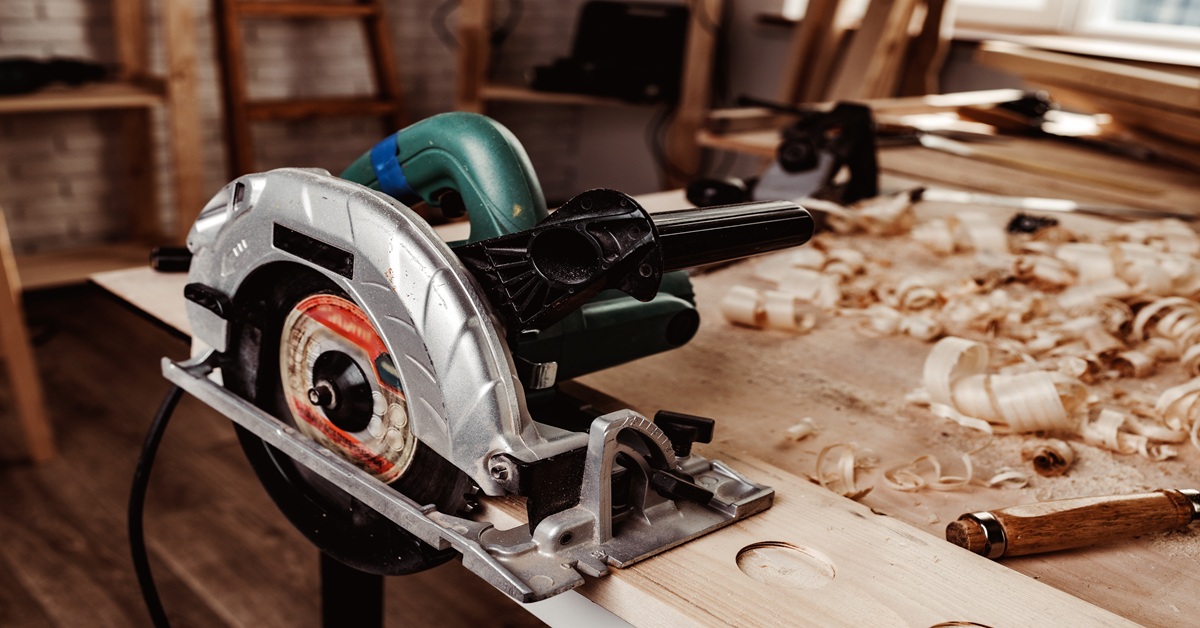Introduction
In the field of woodworking, two qualities that cannot be sacrificed whatsoever are efficiency and accuracy. When working with materials like plywood, it is extremely crucial to choose the right tools since they greatly help to guarantee that cuts are exact, consistent, and clean. Among the several instruments used in manufacturing plants and woodshops, this plywood cutting machine is a vital item.
Whether you are building furniture, cabinets, or ornamental panels, the right machine directly affects the speed, safety, and general quality of your work. Given the great variety of options now on the market, choosing the best plywood cutting machine can seem like a daunting chore. The contents of this blog will help you to make a wise investment in line with the production targets and workflow requirements you have specified.
Table of Contents
Manual vs. Automatic Cutting Machines
Top Features to Look for in a Cutting Machine
Popular Types: Table Saws, Panel Saws, and CNC Machines
Safety Guidelines for Cutting Plywood Sheets
Maintenance Tips for Long-Lasting Equipment Performance
Manual vs. Automatic Cutting Machines
Manual plywood cutting machines are probably intriguing to craftsmen who value control and adaptation since they offer a hands-on approach. Smaller workshops or factories with low volume and unique requirements will find these machines to be a great fit since they are often less expensive and require minimal setup. When dealing with custom designs or odd pieces of plywood, the tactile contact they offer allows one to make tiny changes while cutting. Conversely, especially when working with larger or more physically demanding sheets, manual cutting machines can be time-consuming and need a great degree of skill as well as physical effort.
Conversely, automatic plywood cutting machines are meant to be precise and fast, using little human operator intervention. Under direction by digital interfaces or software, these machines can perform highly complex cutting processes with remarkable regularity. In industrial settings, they are a great choice since volume and precision are of the most relevance. Although automation systems have a much higher initial cost, their return on investment is represented as improved throughput, lower labour costs, and less material waste. Automation also lessens the likelihood of error, thereby producing outputs of better quality that every application uses.
Top Features to Look for in a Cutting Machine
The capacity of a plywood cutting machine is one of the first factors one should examine before investing in it. Should you plan to handle plywood sheets, you should ensure their thickness and measurements fit the machine’s maximum standards. A mismatch could not only compromise the quality of your cuts but also generate possible safety concerns. Furthermore, accuracy is a must, for instance, you should look for machines that maintain their accuracy even after prolonged operation. Moreover, this is important for producers who depend on repeatability to generate large quantities of products.
Another crucial factor influencing output is the simplicity of usage of the components. Easy-to-understand controls and appealing user interfaces help operators of machines to work more effectively with less downtime. Durability deserves still further thought and should be given top importance. High-quality materials used in the construction of machines increase their chances of resistance to daily use and consistent performance over time. Advanced machines could have digital readouts, automation possibilities, and laser guides, among other tools, to help increase cutting accuracy. Choosing a machine with built-in safety features like blade guards and emergency shutoff systems guarantees protection of the user as well as the equipment.
Upgrade your workshop with the perfect plywood cutting machine today!
Popular Types: Table Saws, Panel Saws, and CNC Machines
Among the most flexible and often used tools for cutting plywood in the realm of woodworking are table saws. These products are essential in offices ranging from small to medium size because of their simplicity and somewhat compact form. Excellent for activities like ripping and cross-cutting, operators can perform a range of straight cuts with a lot of control with a table saw. Though they must use manual handling techniques, skilled users can reach very high degrees of accuracy and efficiency. Conversely, the range of complexity and scalability is fairly limited in contrast to automated systems.
Panel saws are rather frequent in commercial or industrial environments. These saws are designed to cut through large plywood sheets, especially. These machines may be positioned either vertically or horizontally, which lets users make exact and quick cuts on large panels without needing too much floor space. They minimise the necessary manual effort required and are appropriate for places needing a high output level. Conversely, CNC machines, which stand for computer numerical control, offer an unmatched degree of automation and accuracy. These devices can run very complex designs and are perfect for either bespoke or repetitive patterns. Though CNC machines need a large initial outlay and some degree of programming knowledge, their output quality and efficiency usually exceed their cost.
Safety Guidelines for Cutting Plywood Sheets
Strictly following the safety guidelines in place while running a plywood cutting machine will help to avoid mishaps and injuries. Always be sure you are donning the correct personal protective equipment (PPE), which consists of safety glasses, ear protection, and non-slip shoes, under no circumstances. Furthermore, it is important to maintain vision during the activity, utilising appropriate lighting of the workspace. Make sure machines are on solid surfaces and routinely checked for any evidence of wear or loose parts. Never try to bypass the safety mechanisms of the equipment or make changes while it is running, since doing so greatly increases the chance of an accident happening.
Maintaining a clear and unhindered working environment is also equally important. Using high-speed cutting tools to mix sawdust and wood waste not only increases the difficulty of maintaining traction but also raises possible fire hazards. Operators had to go through thorough training on the running of the machine and the emergency protocols before operating any equipment. Participating in regular safety drills can help teams operating out of bigger facilities. Every single plywood cutting machine should also be equipped with emergency stop buttons that are not only easily accessible but also have blade guards in operating condition to offer an extra layer of protection while in operation.
Find the ideal plywood cutting machine to meet your production needs.
Maintenance Tips for Long-Lasting Equipment Performance
If you wish to keep your plywood cutting machine in the finest possible running condition, regular maintenance is rather essential. One of the easiest and most successful jobs is regular cleaning. After every use, the machine should be cleaned, removing any trash, debris, or material fragments that might interfere with its parts. Residue accumulation can dull blades, reduce motor performance, and potentially mechanically cause the motor to fail. Regular lubrication of moving components not only reduces machine wear and tear but also promotes smoother working and extends the machine’s lifetime.
Apart from providing basic cleaning and lubrication, operators should schedule regular checks. These checks should look for loose bolts, alignment issues, and blade wear. Inappropriate orientation of a blade could result in inaccurate cuts as well as excessive motor strain. Fast replacement of blades that have grown dull or broken is essential to maintain cutting efficacy and reduce the risk of overheating. Regarding increasingly complex systems, such as CNC machines, especially those with software components, it may be required to have professional servicing. Maintaining a maintenance record helps one to better monitor the history of service and project future demands, which finally helps to lower expected repair costs and downtime.
Conclusion
Accurate, fast, and consistent woodworking projects depend on your choosing of a plywood cutting machine. Whether you handle custom furniture builds or a sizable production facility, the correct machine improves output while lowering material waste and manual labour required. From CNC routers to panel saws, every kind of cutting tool has special advantages catered to distinct needs and operation size. Understanding your project needs and choosing the correct technology can help you to guarantee every cut is accurate, clean, and efficient, setting the basis for long-term success and quality workmanship.
Get the best out of your plywood cutting machine. Pair it with high-quality sheets from Wigwam Ply for flawless results every time.
FAQs
1. What safety features should I look for in a plywood cutting machine?
Key safety features include blade guards, emergency stop buttons, dust collection systems, and safety sensors to prevent accidents.
2. How often should I maintain my plywood cutting machine?
Regular maintenance, such as cleaning and lubrication, should be performed weekly, with comprehensive checks monthly or as per the manufacturer’s guidelines.
3. Can I cut other materials with a plywood cutting machine?
Some machines are versatile and can cut materials like MDF, particleboard, and certain plastics, but always consult the manufacturer’s specifications.
4. What is the lifespan of a typical plywood cutting machine?
With proper maintenance, a plywood cutting machine can last between 10 and 15 years, depending on usage and build quality.
5. Is it necessary to have a dust collection system?
Yes, a dust collection system is essential to maintain air quality, reduce fire hazards, and prolong machine life.







